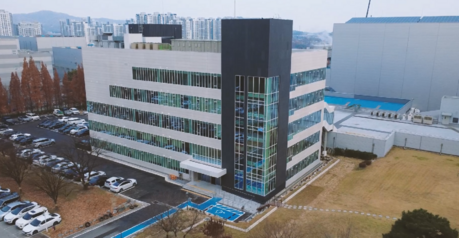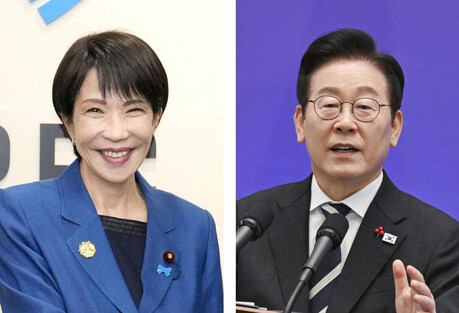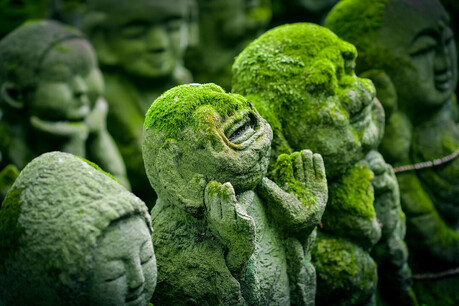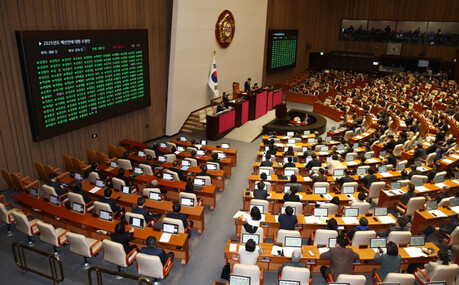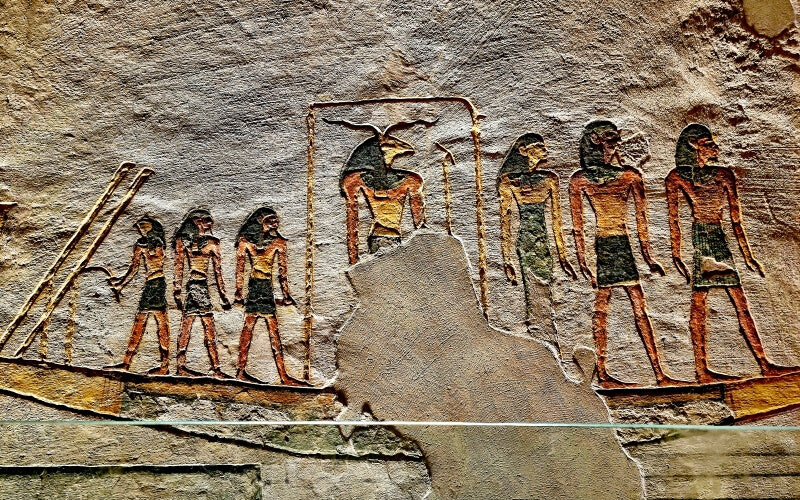
Luxor, Egypt - Three newly discovered tombs from the ancient Egyptian New Kingdom period, dating from 1550 to 1077 BC, have been unearthed in the Dra' Abu el-Naga necropolis in Luxor, southern Egypt. The Egyptian Ministry of Tourism and Antiquities officially announced the discovery on May 26 (local time), emphasizing that this find will provide valuable insights into ancient Egyptian civilization and social structure.
Resting Places of High-Ranking Individuals
Deciphering the hieroglyphs inside the tombs revealed that their occupants were high-ranking officials in society at the time. One of the excavated tombs belonged to a person named Amunemipet, who played a significant role in the Temple of Amun during the Ramesside period. The Temple of Amun was one of the most powerful and wealthy religious institutions in Egypt at the time, and working there suggests that Amunemipet was an individual of considerable power and influence. His tomb yielded diverse wall paintings and funerary artifacts, offering a glimpse into the religious practices and artistic styles of the era.
The owners of the other two tombs are also intriguing figures. One tomb belongs to a grain silo supervisor named Baki. In ancient Egypt, grain was central to the national economy, and a grain silo supervisor was a crucial position directly involved in the nation's food security and wealth management. Artifacts related to grain storage and measurement were found in his tomb, providing clues about the agricultural technology and administrative systems of the time.
The other tomb belongs to an individual known only by the initial 'S'. He was identified as a versatile person who held multiple professions, including supervisor of temples in the oases, scribe, and administrator of northern oasis cities. This shows that in ancient Egyptian society, an individual could engage in various specialized fields. Given that the oasis region held unique cultural and economic significance different from the Nile Valley, his role is presumed to have had a substantial impact on the development of that area. Various forms of scribal tools and written documents were unearthed from his tomb, supporting his intellectual rather than merely administrative, persona.
Abundant Artifacts and Academic Significance
The Egyptian Ministry of Tourism and Antiquities stated that a large number of artifacts and statues were unearthed from these newly discovered tombs, some of which have already been released as photos. These artifacts are expected to be crucial resources for understanding life, art, and religious beliefs during the New Kingdom period. In particular, the wall paintings and decorations inside the tombs provide valuable information about the painting techniques and use of color of the time, while the funerary offerings vividly illustrate the ancient Egyptians' beliefs about the afterlife.
Dr. Mostafa Waziry, Secretary-General of the Supreme Council of Antiquities, stated, "To more precisely identify the owners of the tombs, additional analysis of texts inscribed in other tombs is necessary," emphasizing the need for ongoing research. This suggests the possibility of more information being revealed in the future.
Grand Egyptian Museum Opening and Tourism Industry Revitalization Expected
This discovery holds even greater significance as it precedes the anticipated opening of the Grand Egyptian Museum (GEM) this summer. The Associated Press reported that this find will heighten public anticipation for the new museum's inauguration. The Grand Egyptian Museum is expected to exhibit approximately 100,000 artifacts excavated from various sites across Egypt, making it the largest archaeological museum in the world. While a specific opening date has not yet been set, its vast collection, including artifacts from Tutankhamun, is attracting the attention of archaeology enthusiasts worldwide.
Sherif Fathy, Minister of Tourism and Antiquities, hailed this discovery as a "scientifically and archaeologically significant achievement," stating that it reaffirms Egypt's rich historical heritage.
In an effort to revive its tourism industry, which was severely impacted by political instability and violence following the 2011 "Arab Spring," the Egyptian government has actively promoted new archaeological discoveries to the international press in recent years. These efforts have indeed had a positive impact on the recovery of Egypt's tourism industry, and the discovery of these New Kingdom tombs is also expected to be a significant catalyst in attracting tourists from around the world to visit Egypt. As a treasure trove of ancient civilization, Egypt continuously reveals new secrets, expanding our understanding of human history.
[Copyright (c) Global Economic Times. All Rights Reserved.]
















